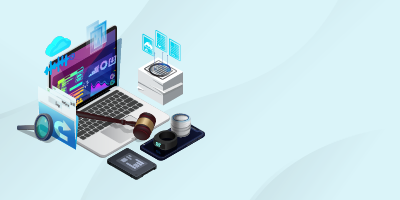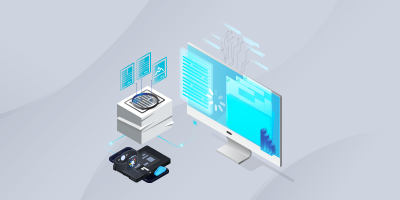What Does it Mean for eDiscovery When the Government Demands Data from Smart Devices?
If Apple, Amazon, Google, or FitBit wanted to turn over your private data to prosecutors without your permission, odds are you wouldn’t be very pleased. But what if the reason prosecutors didn’t obtain your permission was because you were dead – and they wanted the information to solve your murder?
Back in 2017, something like that is precisely what happened. Police in Bentonville, Arkansas, asked Amazon to provide Echo data that might’ve provided clues to the alleged murder of a man named Victor Collins. Collins was found dead in a hot tub outside of a home equipped with Amazon Echo (an internet-connected, in-home smart device that responds to users’ voice commands, which often begin with the ‘wake word’ “Alexa.”) The Echo device creates audio recordings whenever the device is triggered and transmits those recordings to the cloud.
Despite the unlikelihood of a criminal asking Alexa or another smart device a question whilst mid-crime, investigators wondered whether the records contained within Alexa could be useful. For example, the data could be used to establish that an individual was present at the dead man’s home on the evening on which he died. At first, Amazon refused to release the records, citing First Amendment protections – before acquiescing after the defendant gave permission to authorities to access the data.
Emerging Data Types: The Internet of Things and Litigation
The Internet of Things, commonly referred to as IoT, is the connection of devices (such as smart phones and watches, home thermostats, Google Nests, and so on) to the internet or a secure network that are capable of collecting and transmitting data without human-to-human or human-to-computer interaction.
Lawyers looking to stay on the leading edge of technology should consider familiarizing themselves with this type of data – as it’s possible that in many cases, IoT data will fall into the category of “electronically stored information” as defined by FRCP 34. At the very least, law firm attorneys and corporate lawyers sitting down for meet and confer conferences ought to consider whether IoT data is relevant to their proceedings well before arriving to the Rule 26 meeting.
The “Internet of Things,” Privacy, and eDiscovery
While the potential for use of IoT data in criminal proceedings and civil litigation is perhaps a bit more salient, corporate lawyers must tune into this new data type as well. Patent, data breach, and consumer fraud litigation are all litigation types where IoT data may come into play. See, for example, McLellan v. Fitbit, Flynn v. FCA US, and TDE Petroleum Data Solutions v. AKM Enterprises.
The legal profession has yet to fully catch up with the ever-growing profusion of novel “internet of things” data – such as that collected by Amazon’s Echo or from smartphones, wearable technology, “smart” cars and other internet-connected devices. As these devices proliferate, so too will the need to produce data from these devices in connection with litigation or investigations.
But as the Victor Collins case showed, collecting and producing data can be difficult. Not only is it new to the legal world (and the companies producing this tech, who may decline to produce it), but the data itself can sometimes be nearly inaccessible or, at best, difficult and expensive to locate, process, review and produce.
The challenge for legal practitioners schooled in electronic discovery – whether law firm attorneys, in-house counsel or legal technology providers – will be to maintain standard processes across these new data sources so that sets of electronically stored information relevant to a particular matter can be processed and reviewed as a whole, at a reasonable cost, all while adhering to increasingly stringent proportionality standards.
Other Related Posts
How to Manage the Unexpected Resignation of a Key Legal Employee
In every legal team, resignations are inevitable – regardless of how valued your employees may feel. There is a lot to consider when a key employee resigns, and your first instinct may be to focus only on immediate workload, but it’s also important to make a long-term planning a priority.
Alphabet Soup: TAR CAL, and Assisted Review
Over the decade since TAR first rose to prominence, solutions, acronyms, and new cases have proliferated dramatically. All of this rapid technical and legal evolution has made it challenging for practitioners to get a simple handle on TAR and CAL approaches and what they mean for their matters.



